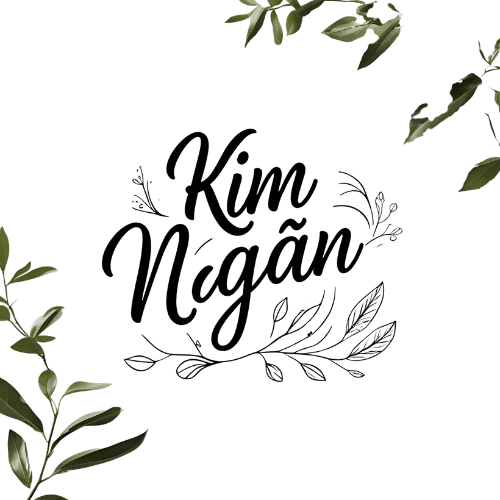🧳 How to Get Around Korea – From Subways to Slower Roads
🧳 How to Get Around Korea – From Subways to Slower Roads
“In Korea, movement feels poetic. Subways glide, buses hum, and even the countryside trains seem to breathe in rhythm with your thoughts.”
🚉 Why How You Move Matters
Getting around Korea isn't just about getting from Point A to B. It's about how you get there. Whether it's gliding through Seoul beneath neon lights, or taking the long, winding train past golden rice fields — movement here is part of the experience.
And the best part? Korea’s transportation system is not only one of the most efficient in Asia, but also one of the most intuitive — especially when you learn to slow down and feel the rhythm beneath your feet.
1. 🛤 The Subway – Fast, Silent, and Surprisingly Gentle
Nearly every major city in Korea — Seoul, Busan, Daegu, Gwangju — has a well-connected subway system. Trains are punctual, clean, and… quiet. No loud conversations. No music blasting. Just the soft whoosh of the doors and the occasional announcement in Korean and English.
📌 Tips:
Use your T-money card (you likely bought it at the airport)
Download Subway Korea or KakaoMetro for real-time directions
Avoid rush hours (8–9 AM and 6–7 PM) if you crave space and slowness
✨ Bonus: Some subway stations double as art galleries or mini-museums. Pause and look around — even underground, Korea tells a quiet story.
2. 🚍 Local Buses – For Those Who Wander Close
Buses in Korea go almost everywhere. From big cities to rural corners, there’s likely a bus that’ll get you there. They’re color-coded:
- Blue: long-distance within the city
- Green: short-distance or neighborhood routes
- Yellow: loop or tourist routes
- Red: express buses to/from suburbs
📌 Tips:
- Use KakaoMap or Naver Map to find your route in English
- Tap your T-money card when entering and exiting the bus
- Sit near the front if you're unsure — bus drivers are kind but don’t speak much English
💭 Note: Bus rides are a great way to observe everyday Korean life. Watch the ajummas (aunties) chat softly, students nap with open books, and office workers breathe between two worlds.
3. 🚆 Intercity Trains – Let the Journey Be the Destination
Want to get from Seoul to Busan, or from Daegu to Gwangju? Korea’s KTX high-speed train is smooth, clean, and fast — Seoul to Busan in under 3 hours.
But for slower souls, consider:
- ITX: A little slower, but more scenic
- Mugunghwa: The slowest, cheapest, and the most nostalgic — a favorite among older travelers and those chasing stillness
📌 Tips:
- Book online via Let’s Korail or KTX mobile app
- Reserve a window seat — the Korean countryside is its own kind of poetry
- Bring snacks. Not because you have to, but because it's a small ritual that makes the journey sweeter
4. 🚖 Taxis – When You Need Space or Silence
Taxis in Korea are affordable compared to many countries, especially if you share. They're safe, metered, and mostly quiet.
Types:
- Silver/White taxis: Standard
- Black taxis: "Deluxe" – more space, higher fare
- International taxis: English-speaking drivers (in Seoul/Incheon only)
📌 Tips:
- Use KakaoTaxi app (like Uber, but local)
- Most drivers don’t speak English — use apps or prepare your destination in Korean (or show on map)
- Always wear a seatbelt (yes, even in the back seat!)
5. 🚶♀️ Walking – The Most Underrated Joy in Korea
Korea’s cities are pedestrian-friendly. Sidewalks are wide, crosswalks have signals, and hidden gems — cafés, temples, bookstores — often live between steps.
💡 Bonus tip: If you’re in Seoul, try walking along Cheonggyecheon Stream at night. The city softens, and you’ll hear more footsteps than traffic.
✨ Final Thoughts: Go Slow, Even When It’s Fast
Korea’s transportation is designed for efficiency, but you don’t have to rush. You can choose the express, or the scenic route. You can hop on the subway, or get a little lost in a local bus. You can walk with purpose, or wander with poetry.
Wherever you go — let your heart arrive before your body does.
🙏 Thank you for reading.
If this guide helped you slow down and see the beauty in the in-between moments, I invite you to read the next in this series — where we prepare what to pack (and what to leave behind) for a gentler journey through Korea.
🧳 → Next up: What to Pack for Korea – Clothing, Apps & Essentials
